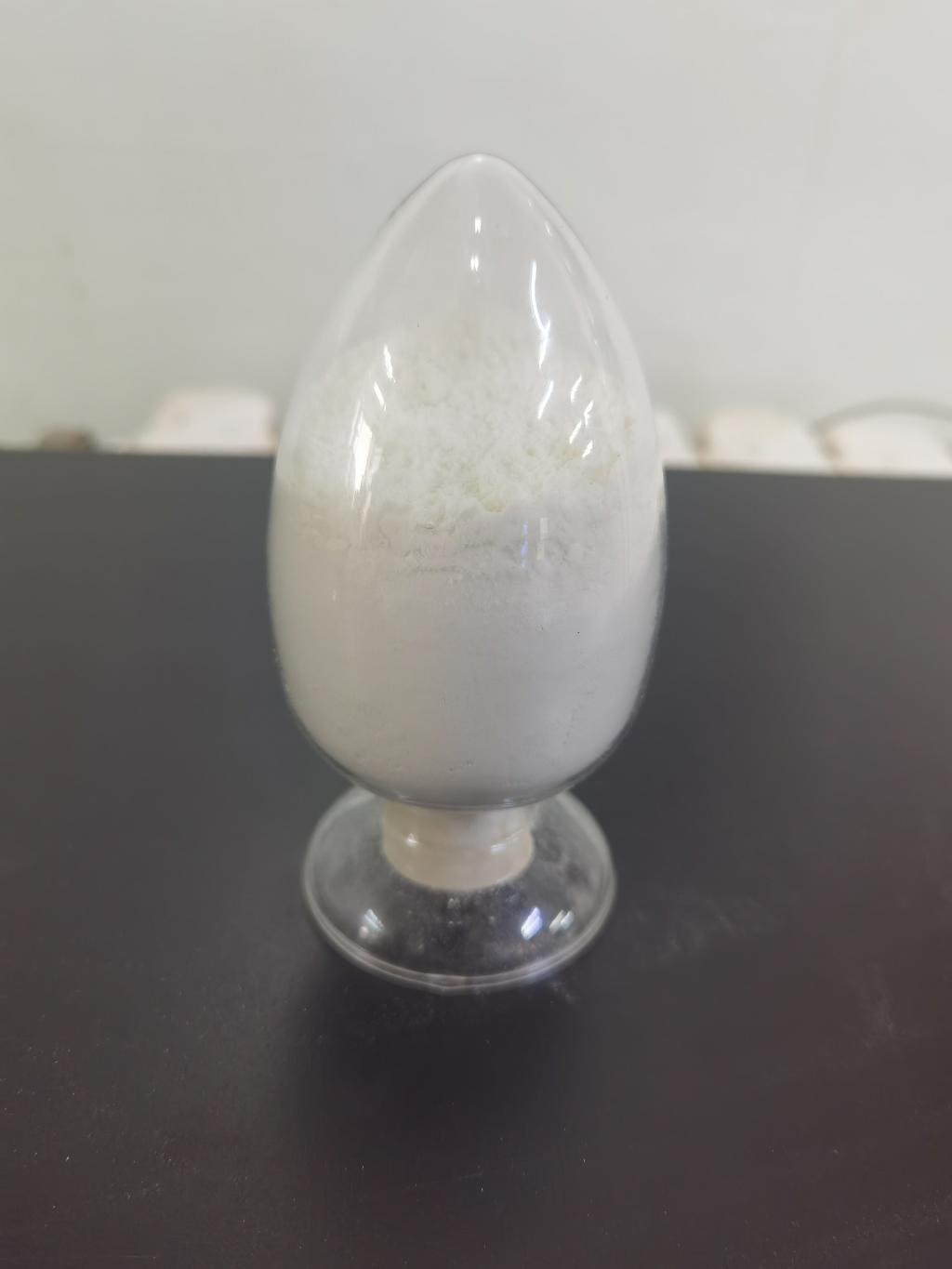Tel:0086 18231198596

News
Exploring the Synergistic Effects of ε-Polylysine Hydrochloride in Combination Therapies.
TIME:2024-05-27
Understanding ε-Polylysine Hydrochloride:
ε-Polylysine Hydrochloride (ε-PL) is a naturally occurring antimicrobial compound derived from fermentation processes, particularly from strains of Streptomyces albulus. It is a cationic polymer composed of multiple lysine residues linked by peptide bonds. ε-PL exhibits potent antimicrobial activity against a broad spectrum of bacteria, fungi, and some viruses, making it a versatile and effective antimicrobial agent.
Mechanisms of Action:
The antimicrobial action of ε-PL involves disrupting microbial cell membranes and interfering with essential cellular processes. ε-PL interacts with the negatively charged components of microbial cell membranes, such as lipopolysaccharides and teichoic acids, leading to membrane destabilization and permeabilization. This disruption causes leakage of cellular contents, loss of membrane integrity, and eventual microbial cell death. Importantly, ε-PL's mechanism of action is different from that of conventional antimicrobial agents, reducing the likelihood of microbial resistance development.
Synergistic Effects in Combination Therapies:
Combining ε-PL with other antimicrobial agents, drugs, or treatments can enhance its efficacy and broaden its spectrum of activity. Synergistic interactions may occur through complementary mechanisms of action, increased antimicrobial penetration, or modulation of microbial resistance mechanisms. For example, combining ε-PL with antibiotics, probiotics, or plant-derived antimicrobial compounds can result in additive or synergistic effects, leading to improved microbial control and therapeutic outcomes.
Applications in Medicine:
In medicine, ε-PL shows promise in combination therapies for treating bacterial infections, including multidrug-resistant pathogens. Combining ε-PL with conventional antibiotics can overcome resistance mechanisms and enhance bacterial killing efficacy. Moreover, ε-PL can be combined with probiotics or immunomodulatory agents to restore microbial balance and enhance host immune responses, particularly in conditions such as inflammatory bowel disease (IBD) or gastrointestinal infections.
Applications in Agriculture:
In agriculture, ε-PL-based combination therapies offer potential for controlling plant diseases and enhancing crop protection. Combining ε-PL with biopesticides, plant-derived antimicrobial compounds, or microbial inoculants can synergistically inhibit fungal and bacterial pathogens, reduce pesticide reliance, and promote sustainable agriculture practices. Moreover, ε-PL can be used in combination with traditional fungicides or antibiotics to combat emerging resistant strains and improve crop yield and quality.
Applications in Food Preservation:
In the food industry, ε-PL-based combination therapies have implications for enhancing food safety and extending shelf life. Combining ε-PL with other natural antimicrobial agents, such as essential oils or organic acids, can synergistically inhibit microbial growth, prevent food spoilage, and reduce the need for synthetic preservatives. Moreover, ε-PL can be incorporated into active packaging materials or edible coatings in combination with antimicrobial compounds to provide ongoing protection against microbial contamination during storage and transportation.
Future Directions and Implications:
Exploring the synergistic effects of ε-Polylysine Hydrochloride in combination therapies opens new opportunities for addressing complex challenges in medicine, agriculture, and food preservation. Future research should focus on identifying optimal combination partners, understanding underlying mechanisms of synergy, and assessing efficacy in real-world settings. Moreover, regulatory considerations, safety assessments, and commercialization hurdles must be addressed to translate ε-PL-based combination therapies from the laboratory to practical applications.
Conclusion:
ε-Polylysine Hydrochloride holds significant potential as a versatile antimicrobial agent in combination therapies across various sectors. By leveraging its synergistic effects with other agents, ε-PL can enhance microbial control, overcome resistance mechanisms, and improve therapeutic outcomes in medicine, agriculture, and food preservation. With continued research and innovation, ε-PL-based combination therapies have the potential to address complex challenges, promote sustainability, and contribute to improved health, agriculture, and food safety standards.

 CONTACT
CONTACT




